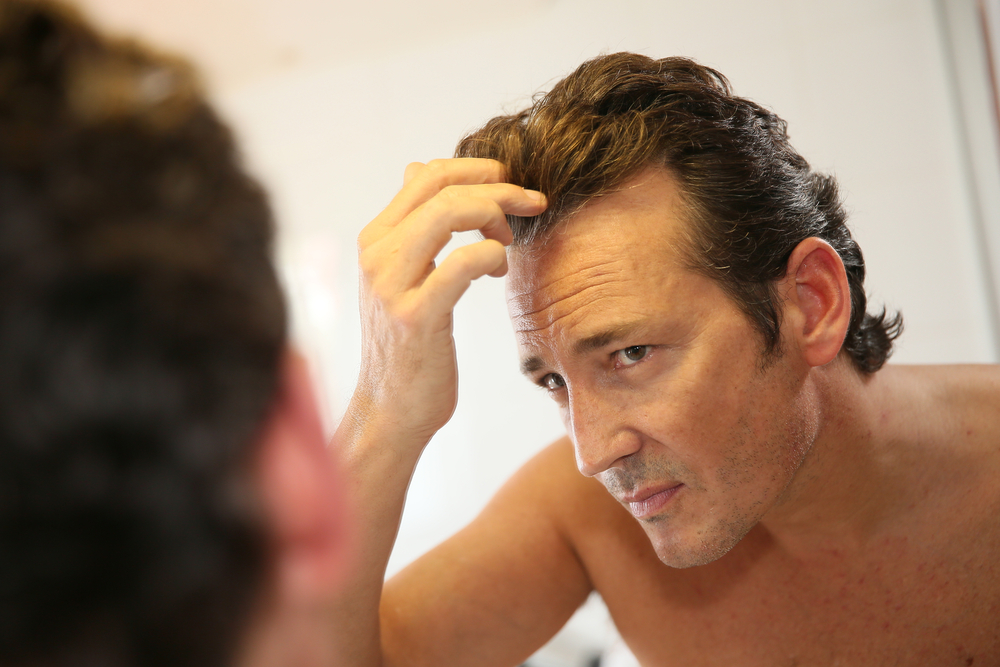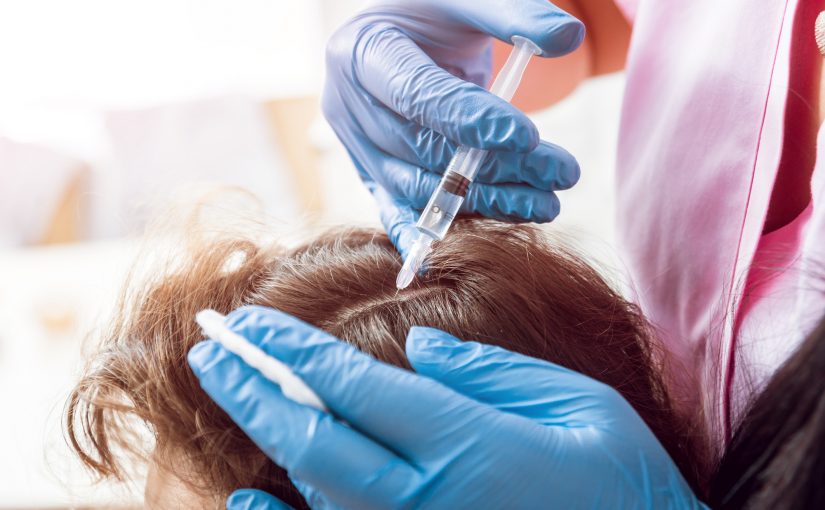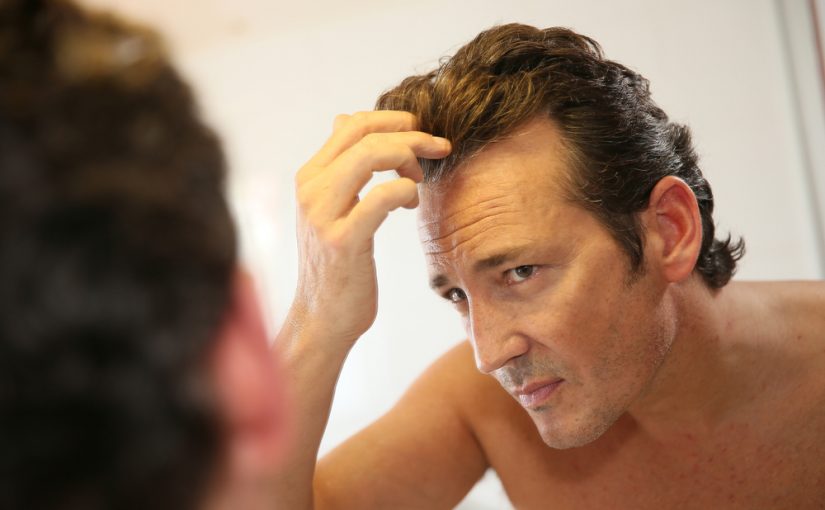
PRP is a concentrated blood plasma made up of substances such as leukocytes, platelets, growth factors, and cytokines. PRP has long been used in various parts of the world for a variety of purposes, including preventing hair loss, healing wounds, and healing soft tissue. It is one of the most cutting-edge treatments for certain types of hair loss. Get the best Botox in Los Angeles to help straighten the hair and thus avoid hair loss. As a result of the above benefits, it is a highly recommended technique post hair transplantation.
Reasons For Recommending PRP
There are many reasons behind PRP recommendations after hair transplantation. But, to have a better glimpse of this, it is essential to get familiar with the importance of PRP treatment. It makes use of plasma which is obtained from your body. During the treatment, specially designed tubes are applied to your body to get the blood, which is then centrifuged. Subsequently, the blood separates into white (transparent) and red categories. The plasma content enables faster growth of the tissues and nourishes the hair follicles. As a result, it offers excellent support to your hair follicles once the hair transplant has been undertaken. In simple terms, applying the PRP technique primarily results in a high success rate of your hair transplant.
Advantages of PRP Post Hair Transplantation
The ultimate benefits of PRP in hair healing and growth following hair transplantation focus on the three functional applications listed below:
- Maintaining and raising the hair follicles’ viability on and after the transplantation of your hair.
- Strengthening inactive hair follicles and stimulating the growth of your new hair.
- Maintaining and raising the hair follicles’ viability on and after the transplantation of your hair.
Between the removal of the donor’s hair and its eventual transplant to the recipient, there is a high possibility that the follicles will be damaged for a variety of reasons, including;
- Given the follicles of the donor are not adequately moistened, it becomes dehydrated between the time of collecting and transplanting.
- Insufficient oxygen and food due to its withdrawal from the bloodstream, especially between collection and transplanting.
- The variation of temperature and acid-base within the follicular environment.
- Revascularization injuries due to inappropriate transplant because of the blood supply adjustment of the recipient.
The most efficient way to ensure that your hair follicles remain viable during the process is to store them in a solution containing PRP. It provides excellent environmental conditions, including temperature, chemical equilibrium, and sufficient nutrients. Given the action of the derived platelets, using PRP is critical for developing your follicles. The derived platelets responsible for growth are essential in activating stem cells to build from the dormant state to the active form, assisting you in establishing the process of hair production. Strengthening of inactive hair follicles and stimulating the growth of fresh hair
The release and application of PRP at the injured tissue are critical for assisting your hair follicles in healing and repairing. The growth factor PDGF (platelet-derived growth factor) has long been used in hospital surgical wound healing. PRP use in outpatients is essential for utilizing various platelet-related growth factors.
- It improves healing
- It reduces scars
- Maximize the growth of hair in transplanted follicles
The most effective way to apply PRP to your scalp is to inject it during the wound closure process. This technique has been linked to rapid healing at the graft site. When your scalp is slightly injured, the PRP works perfectly causing the platelets to produce the growth factor at the site. Your hair growth rate is visible and observable with its diameter after about four months.
When is The Right Time to Go Through The Procedure?
As previously stated, it is well-known for its effectiveness following hair transplant. First, keep in mind that there are various points of view on the subject. Many answers exist because it all depends on the individual, the use of PRP, platelets, and growth factors all have an impact on positive healing.
However, for it to be effective, you should indeed perform the procedure precisely ten days after the transplant. Furthermore, different schedules should be implemented after one month, three months, and six months. That is, four sessions are sufficient for you. PRP guarantees a high success rate for your hair transplant. It would be best if you did it in experienced clinics and with the necessary skills and equipment.
Overall, it is usually completed three to four months after your surgery, and the number of sessions required depends on the individual’s conditions. PRP is an outstandingly advanced and innovative treatment technique. Thus, you should ensure that you utilize the method when the need arises. Additionally, it is beneficial to existing hair and has a positive impact. As a matter of fact, it can be applied once every three weeks.
It is clear that the three options for PRP treatment techniques for your hair transplant vary from person to person. The scalp structure, hair follicle condition, and hair strength of individuals are all influencing factors. In addition, the injection of more concentrated platelets treated with hair transplant speeds up the healing process and revitalizes the cells. As a result, the PRP treatment is highly recommended for you because of its long-term benefits. It is also ideal in areas where there is hair loss. The technique is intended to combat hair loss and regrowing lost hair and establishing new hair growth. For more information, visit https://www.mybotoxla.com/.
My Botox LA Med Spa,
12457 Ventura Blvd #205 Studio City CA 91604,
818-850-3345
Find us on Social Media
https://www.facebook.com/mybotoxla , https://www.youtube.com/channel/UCUEKfIDVB3O91CXrkYaklYg , https://www.instagram.com/mybotoxla\_medspa








